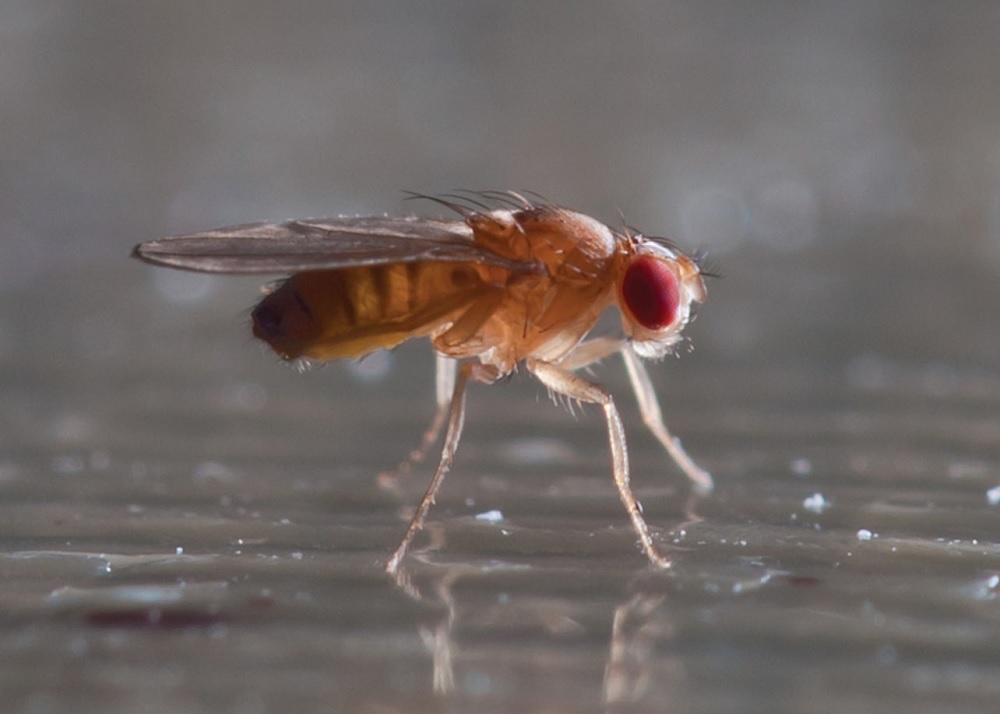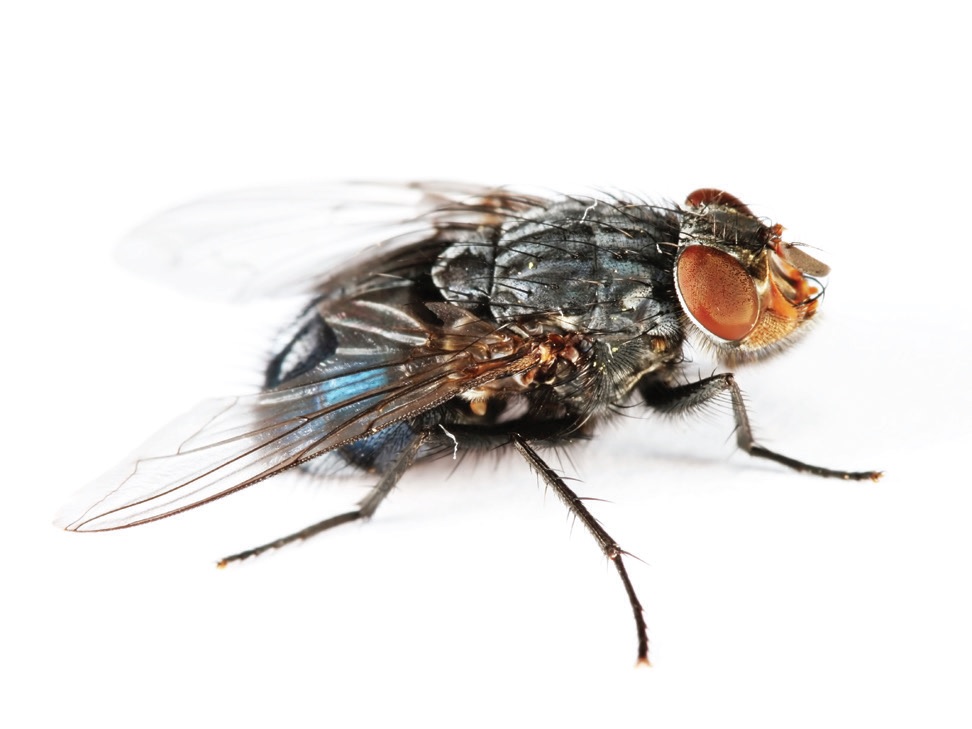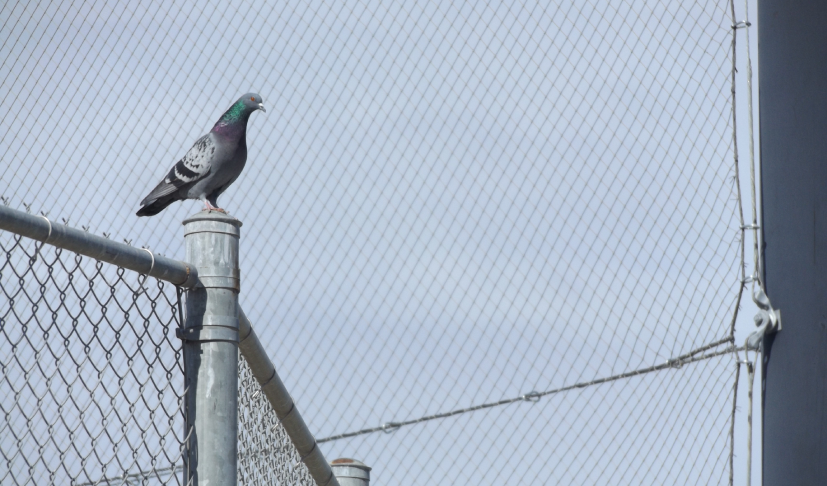Article
Black House Spider
The Black House Spider (Badumna insignis) is a dark robust spider, with grey hairs usually visible on the carapace. Females are larger than males but there is a great range in adult sizes. The carapace and legs are dark brown to black, and the abdomen is charcoal grey with a dorsal pattern of white markings (sometimes indistinct).
Roof Rat
Roof rats have a head and body length of 165- 205 mm, a tail length of 185-245 mm and a body weight of 95-340 g. It's tail is longer than its body which makes it easy to identify. It has relatively large eyes and ears. Its colour ranges from black to light brown.
House Mouse
House mice have a combined head and body length of 60-95 mm, a tail length of 75-95 mm and a weight of 10-25 g. They have a slender body, a pointed nose with fairly large ears and a fur colour of brown to grey.
Brown Rat or Norway Rat
Brown rats are stocky, with scruffy brown fur, small eyes, short ears and a short, thick tail. They have a combined head and body length of 180-255 mm, a tail length of 150-215 mm and a weight of 200-400g.
Mosquito
Mosquitoes can be found in a variety of environments but are often found in areas with water sources. The mosquito can exploit a range of fresh and salt water sources – natural or artificial - for breeding habitats.
Sciarid Fly
Sciarid (family Sciaridae) are an extremely widespread family of small flies. They are small delicate black flies about 3 mm long with long antennae and legs. The larvae are legless, about 4-5 mm long when fully grown, and have clear segmented bodies and black heads.
Phorid (Hunchback) Fly
Adult huncback flies are small to minute in size with a relatively large thorax, hence the common name of “Hunchback” flies. The hunchback fly larvae are commonly found in large numbers in decomposing organic matter and scavenging in carrion. The flies can be found on premises around pot plants or garden beds.
Fruit Fly / Vinegar Fly / Fermentation Fly
Fruit flies (Dacus spp.) are important pests to commercial industries and can cause much economic damage if unchecked. The adults feed on sap, nectar, honeydew and droppings. Vinegar (Fermentation, Bar or Beer) flies may become a nuisance in homes, restaurants, fruit markets, etc., especially when associated with decaying or rotting fruit and vegetables.
Flesh Fly
Flesh flies (family Sarcophagidae) are 11-13 mm long with a striped thorax, a patterned abdomen with or without a red/brown tip. Although a few flies may be of benefit to nature, more often than not, flies are a nuisance pest affecting human lifestyles. Diseases such as typhoid, cholera, diarrhoea, amoebic dysentery, giardiasis and worms (pin and tape) are spread mechanically by flies.
Drain Fly/Moth Fly
Adult drain flies are tiny (4-5mm long), fuzzy, dark or greyish insects with the body and wings densely covered with hairs. They have long antennae. Wings, appearing too large for the body, are held roof-like over the body when at rest, giving a moth like appearance. They are weak fliers and make irregular, hesitating flights covering only a metre or so in short, jerky lines.
Blow Fly
Blow flies are 11- 13 mm long or larger and vary in colour from black, blue, green and bronze. The adults are strongly attracted to moisture and feed mainly on nectar, honeydew and other sweet liquids. Although they can be found in massive numbers at times, blow flies are not significant domestic nuisances or disease vectors.





















